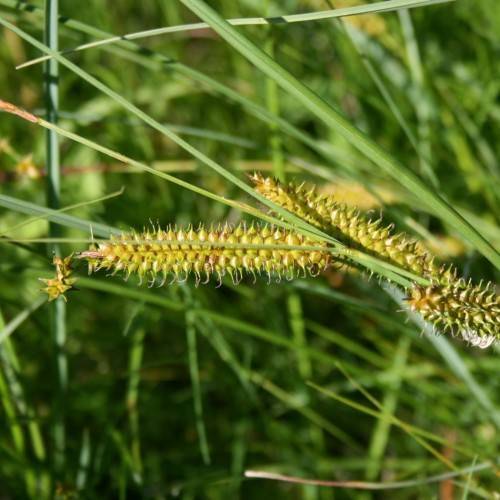
Sedge
Carex atrosquama x
Watering:
Minimal
Hardiness Zone:
Flowers:
Flowers
Sun:
Sun, Partial Shade
Leaf:
Yes
Growth Rate:
Low
Drought Tolerant:
Yes
Salt Tolerant:
Yes
Care Level:
Medium
watering
Black Sedge (Carex atratiformis) prefers moist to wet soil and should be watered regularly. When it is first planted, it should be watered until the soil is moist, and then watered twice weekly until the plant is established. After that, it should be watered about once a week. In hot, sunny weather, the plant requires a little extra moisture and can benefit from watering 2 to 3 times weekly. Be sure not to over water, however, as this can lead to root rot.
sunlight
Black Sedge (Carex atratiformis) is resistant to shade and will perform best with full sun for 4-6 hours per day. This species of plant is native to moist, shady woodlands, so it can thrive in partial shade. When grown in full sun, the stems will be slightly sturdier, and it will have a much darker color. Light should be provided in the morning, so that the plant can photosynthesize and absorb energy during the day.
pruning
Black Sedge should be pruned in late fall or early winter. It responds well to both light and hard pruning. For light pruning, simply remove dead and damaged foliage and trim the edges of the plant to create a pleasing form. For hard pruning, trim any long shoots back to 1-third of the plant's length. Be sure to disinfect your pruning shears or other cutting tool after each cut to prevent the spread of any disease.
